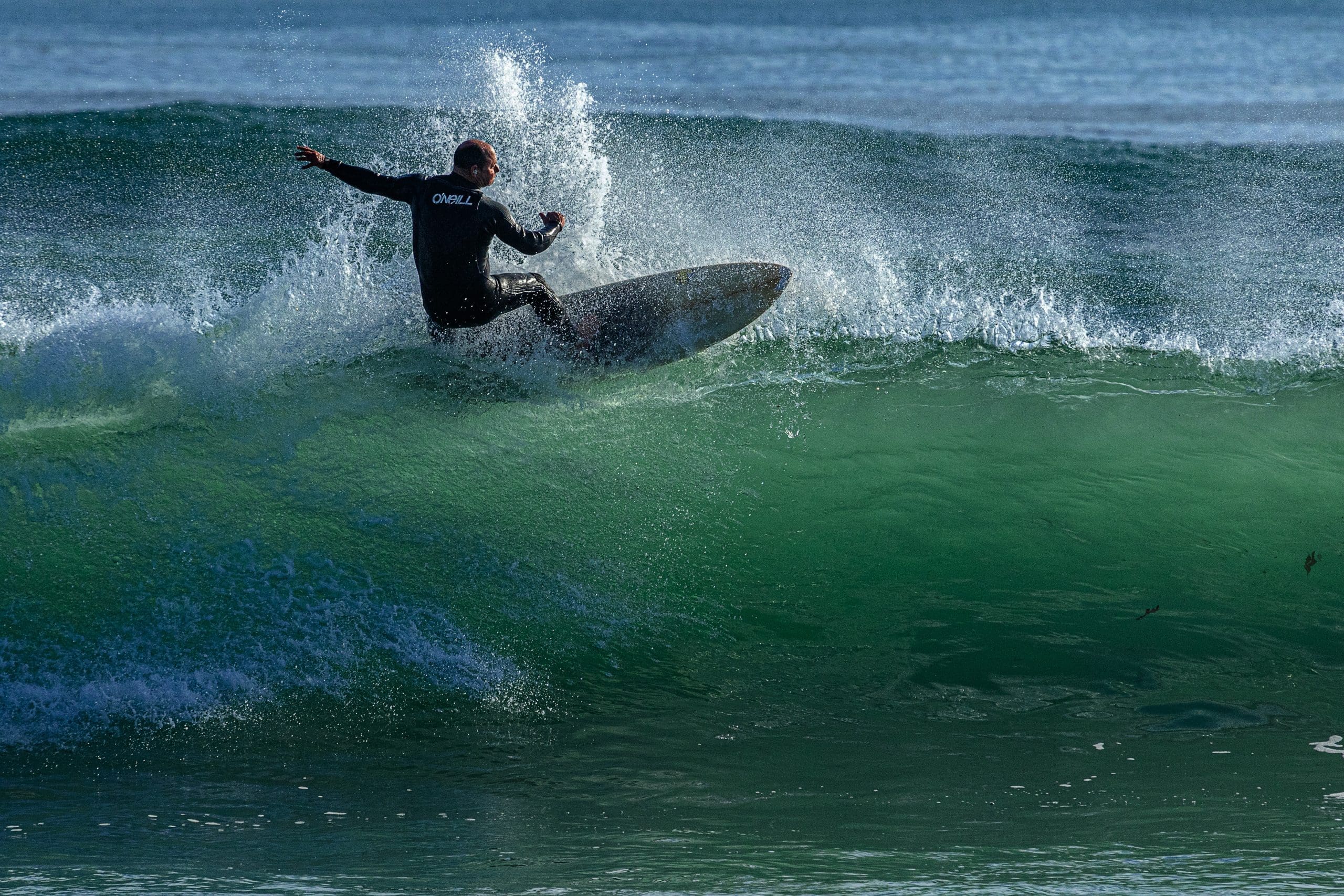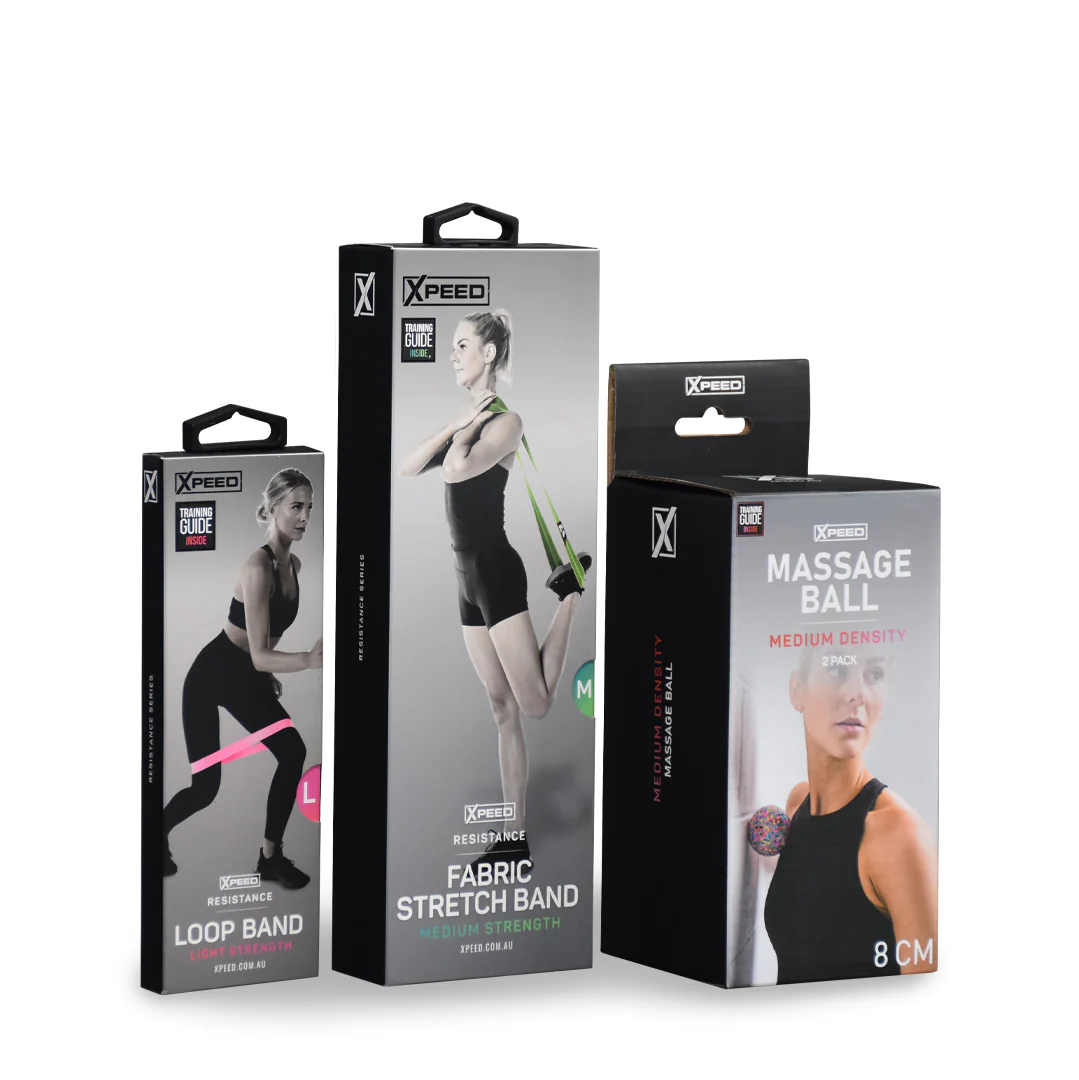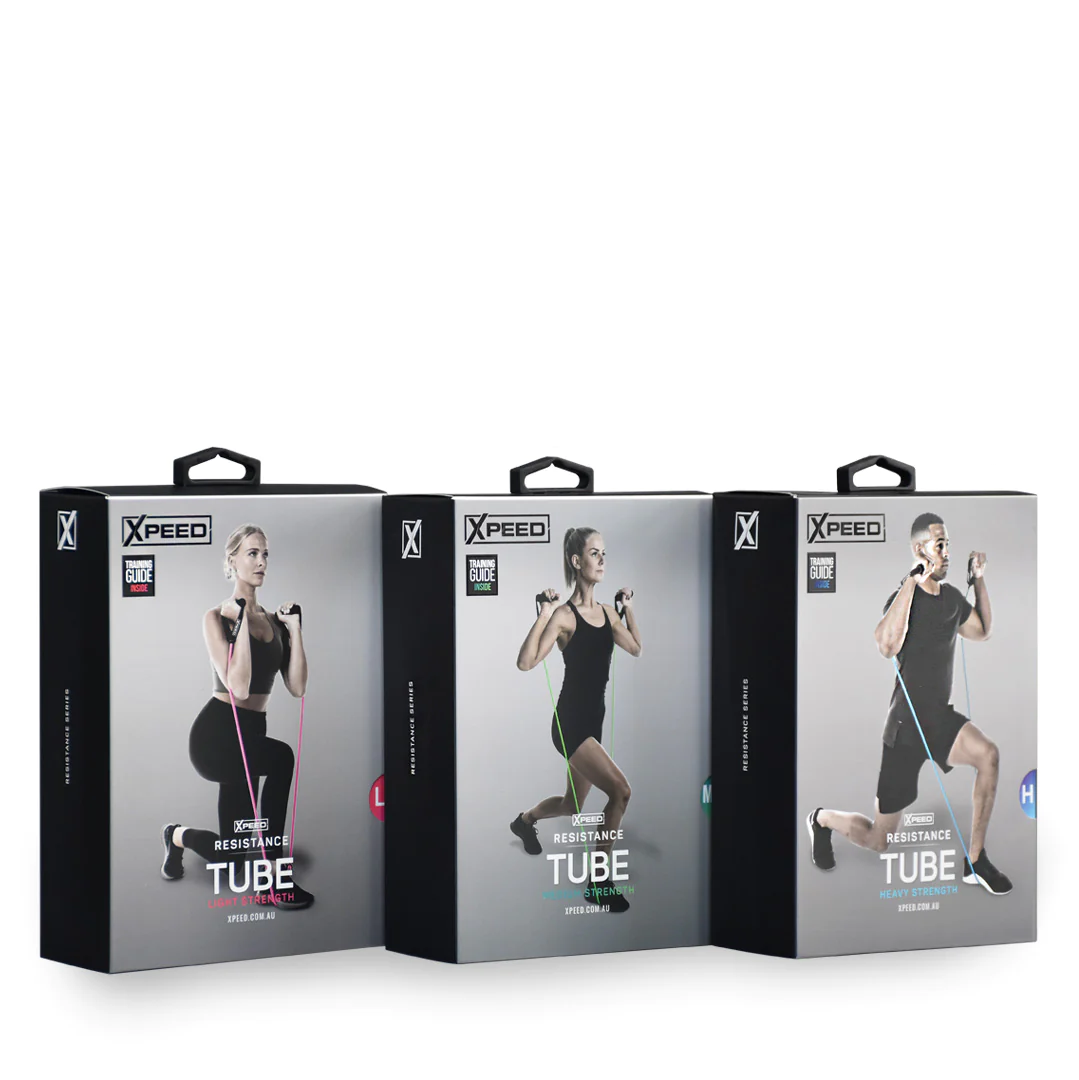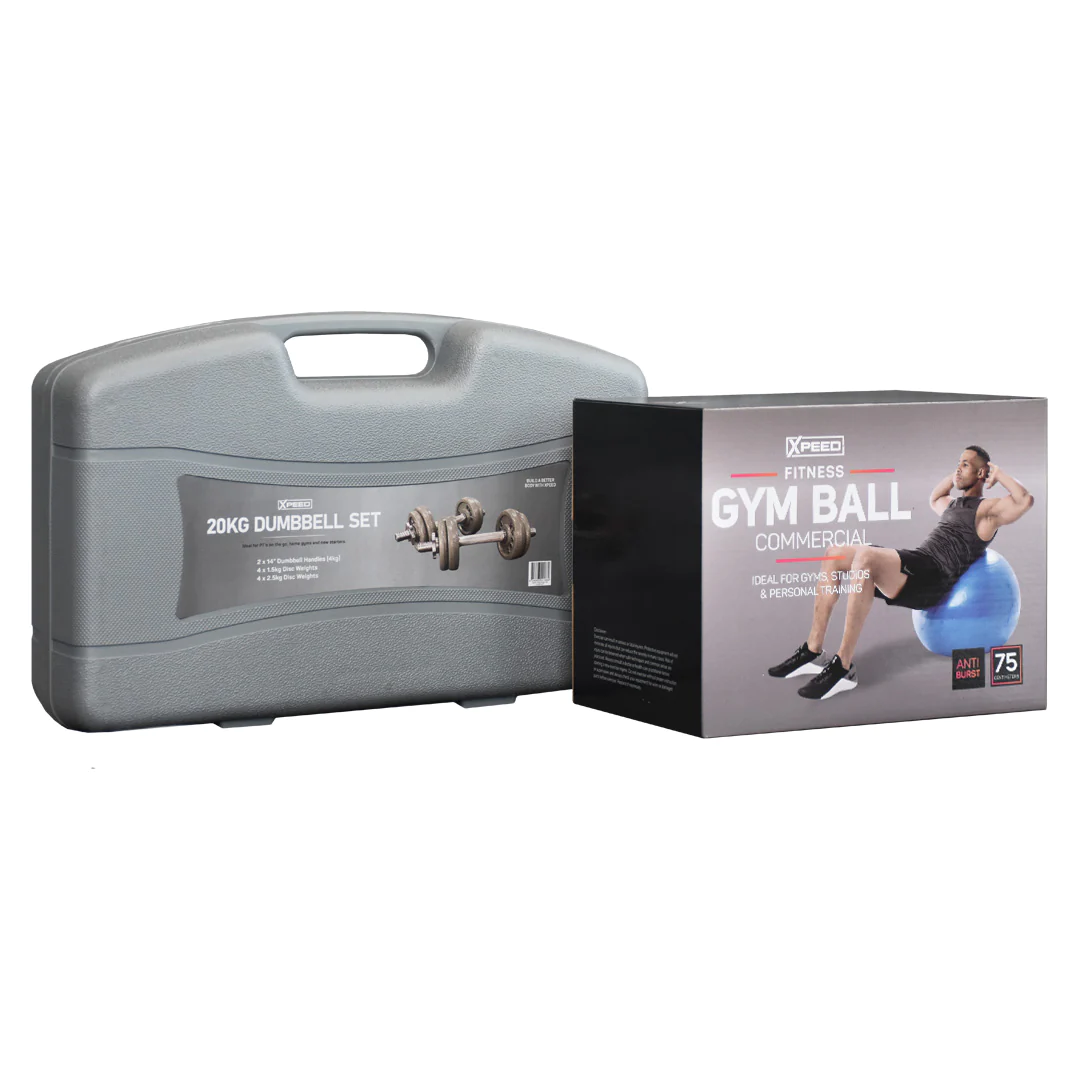If you want to be injury free surfing you need to know that paddling a surfboard when restricted in thoracic extension is a recipe for injury.
There is one thing you will do a lot of in surfing, and that’s paddling. Paddling out to the break, to catch waves, to get back out, to stay in the right spot.
The basic paddling posture is on your stomach, with your upper back (thoracic spine) extended slightly, arms paddling in a freestyle type motion. Although you are lying on your stomach, paddling is essentially a very repetitive overhead movement. Quite simply, overhead movements without quality thoracic extension is asking for trouble.
Now, what exactly is the aforementioned thoracic extension? What i’m referring to is the ability to stand tall through the upper spine, rather than being stuck in a ‘slumped’ or ‘flexed’ posture.
Below I highlight the importance of thoracic extension and rotation as well as shoulder stability and mobility in surfing. Two areas that can potentially be affected are the lower back, and the shoulders.
Lower Back
When paddling a surfboard, you need to lift your chest slightly, getting the weight settling on the lower ribcage. It is inevitable that you will be extending slightly through your lower back. This will place a little strain on this region. With an upper spine limited in extension you will need to gain more extension through your lower spine. This will greatly increase the loading on your lower back muscles for long periods which may cause excessive strain on the musculature, intervertebral discs and joint structures and may over time result in a degree of lumbar lordosis (excessively curved lower spine). All up, a recipe for any number of low back related injuries. Therefore, by maintaining an appropriate level of thoracic mobility you can decrease this lower back loading while still being in an optimal position for paddling.
Shoulders
Due to the anatomical position of the shoulders when the upper spine is in an excessively curved posture, overhead movement becomes difficult and increases the chances of a shoulder injury. This position restricts the shoulder blade from being unable to move in a way that allows good overhead movement of the arm and in turn will excessively load the structures and musculature in the joint. However, if an individual is able to extend the thoracic spine, the shoulder blade can naturally upwardly rotate to accommodate the overhead motion of the arm. Furthermore, due to the ability of the upper spine to move into extension, the body is in a much better position and the arms don’t actually need to go into as much of an overhead position to be able to paddle efficiently, reducing the potential for strain and injury.
From that point, being mobile and able to rotate through your upper spine will allow you to reach further out in front and thus pull more water. A stable scapula is then imperative to being able to strongly pull the arm back through the water.
If you’re a more serious surfer or you simply enjoy it at a basic level, then you really want to make sure you are moving well in all the right areas. This will impact not only your surfing ability, but will also increase paddling efficiency, reduce the likelihood of injury and allow you to increase your skill level and enjoyment level.
Keep an eye out for part 2 of this blog on injury free surfing which will cover how you can tell if you are at risk and then prevent these injuries.
Photo by Keith Lyle from Pexels














0 Comments